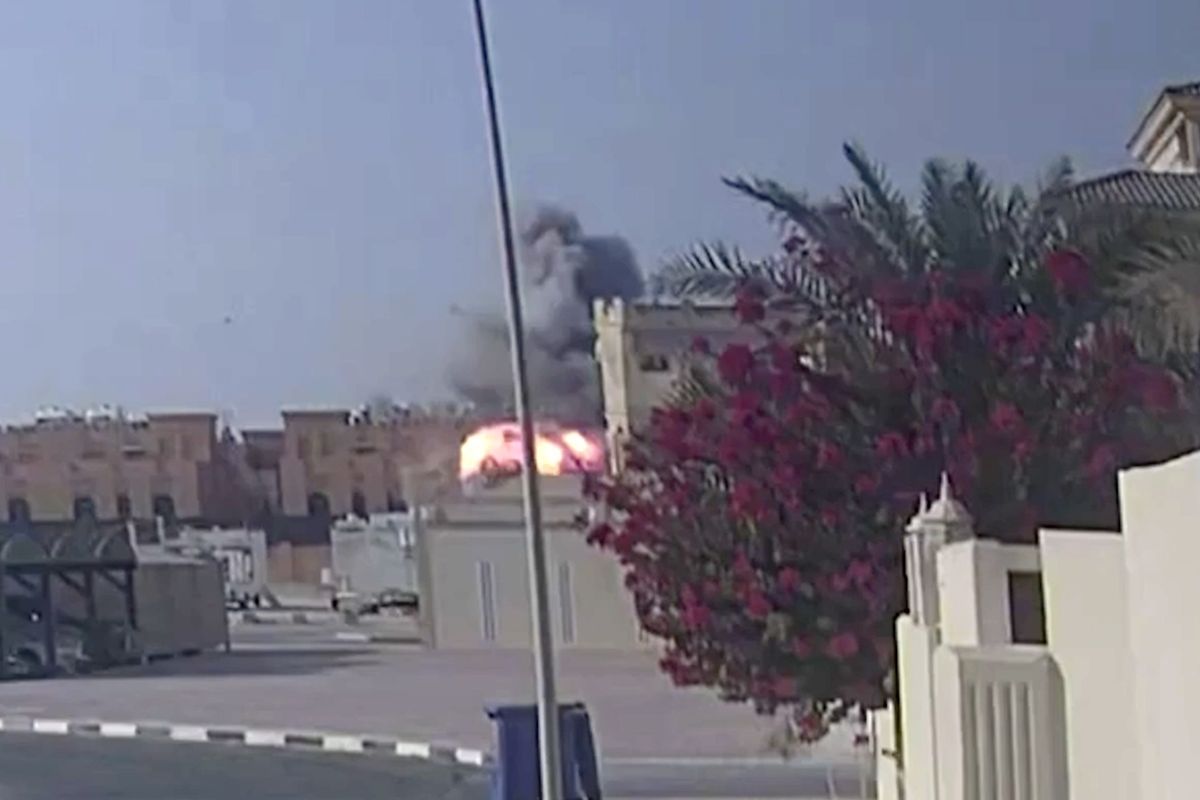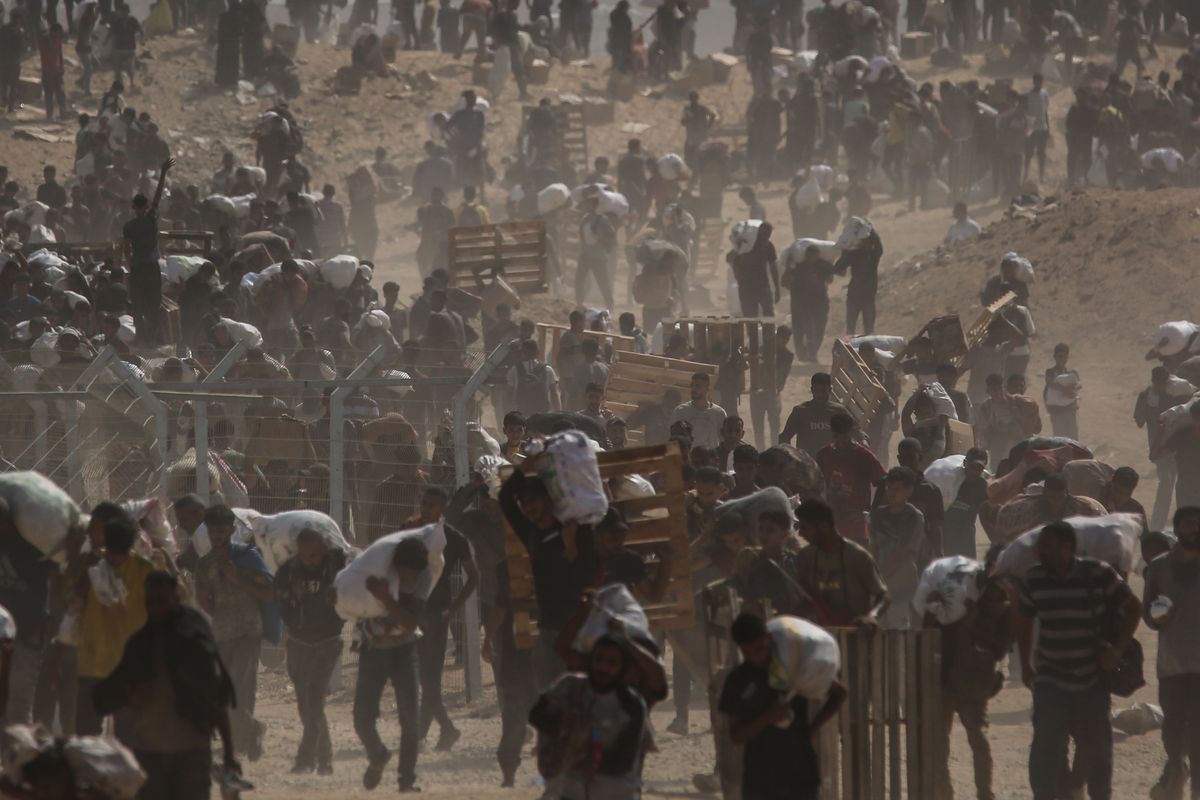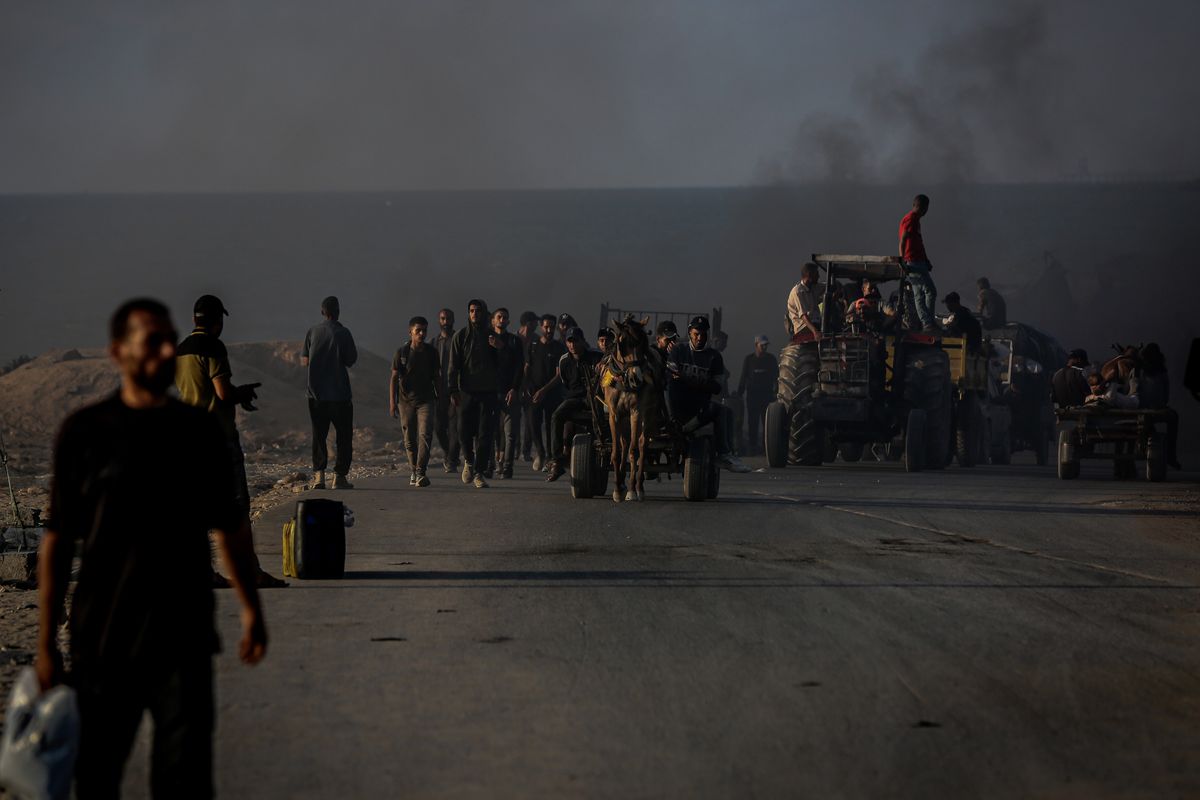EXPERT PERSPECTIVE / OPINION — Years ago, while working on a Counterterrorism operation in an unnamed country, the team I was working with was fortunate enough to disrupt a terrorist plot and capture several extremists who were planning to conduct attacks.
In the process, we also collected a wealth of information that was in the possession of this terrorist cell, which in the parlance of the Special Operations and Intelligence Community, is commonly referred to as “Site Exploitation” or “SITEX”, materials that can be exploited for intelligence collection purposes.
Among the documents was a manual written by Al-Qa’ida and translated into the local language so that it could be used for training new recruits and Jihadists. Being one of the only officers that spoke the local language, it fell upon me to translate key parts of the document.
As I read through the material, I found that the authors had used an interesting analogy to help new recruits understand how they would wage war against their enemies. Recognizing that the terrorist groups were smaller and less well-funded than the governments they were fighting, the authors claimed that the goal of their organization was to conduct small-scale attacks that would annoy and disrupt government operations.
They likened the attacks to the bites of a flea on a dog. By biting the dog, the flea would cause irritation and force the dog to scratch and bite itself to make the pain caused by the fleas to go away. With time, the dog would eventually hurt itself more than the fleas would.
When Hamas conducted its October 7 attack against Israel, killing innocent men, women and children, I remembered that terrorist manual.
I will not suggest that the attacks were small in scale like a “flea bite”, but I do suggest that one of Hamas’s main objectives in the attack was to force the Israeli government to react with force, inflicting damage on targets in Gaza and in their estimation, giving Hamas the fodder it needed to fuel anti-Israeli sentiment internationally.
It should be clear that a key objective for Hamas (and their Iranian sponsors) was to force a harsh response by Tel Aviv and allow Hamas to exploit Israeli actions in the “information space” in order to win a propaganda victory against the Jewish State. After all, Hamas and its allies including Lebanese Hizballah, had experience fighting the propaganda war against Israel and understood that when these groups conducted terrorist attacks against Israeli or Jewish targets in the past and the Israelis responded - the world blamed the Israelis and seemed to have forgotten that it was Hamas that launched the terrorist attacks.
Sure enough, before the Israelis could bury the bodies of it’s 1,400 citizens killed by Hamas operatives, the ‘court of public opinion’ was displaying how predisposed it was to blame Israel for its alleged actions. Just ten days after Hamas’s horrific attack, when an explosion took place in the parking lot adjacent to the Al-Ahli Hospital in Gaza, many in the press and foreign governments were quick to accept the narrative presented by the Hamas-controlled authorities in Gaza, claiming that 500 innocent victims had been slaughtered by an Israeli strike on the hospital.
Foreign leaders were quick to accept Hamas’s claims too, and attacked Tel Aviv for its alleged actions. Following initial news of this horrific event, even United Nation’s officials quickly expressed outrage over the lose of lives and stated that the targeting of hospitals was an unacceptable act.
However, they never managed to condemn the group that was actually responsible, the Palestinian Islamic Jihad (PIJ). Turkish President Tayyip Erdogan was quick to call the strike “the latest example of Israel’s attacks devoid of fundamental human values” and Israel’s neighbor Jordan, announced three days of mourning after the explosion, calling it an “Israeli massacre” and the Kingdom of Saudi Arabia was also quick to condemn the attack as a “heinous crime committed by Israeli occupation forces.”
And, of course, even after evidence emerged that the Israelis did not conduct the strike and the blood was actually on the hands of PIJ, those who falsely accused Israel if the “heinous crime” failed to publicly admit their mistake or condemn PIJ or its Iranian-backers. Of course, Hamas leader Ismail Haniyeh, recognizing that the world was quick to accept Hamas’ false narrative, called on Arabs and Muslims worldwide to protest against Israel and claimed the explosion will mark “a new turning point.”
And, whether the protests that occurred in Turkiye, where an Israeli diplomatic facility was attacked by an angry mob, or the U.S., where protestors gathered to accuse Israel of “genocide”, large numbers of people in the West and East were happy to ignore the inconvenient truth about the real criminals that killed innocent victims at Al-Ahli and use the false claims made by a terrorist group, Hamas, to attack Israel promote anti-Semitic narratives.
And while some in the media later apologized for getting the story wrong by rushing to judgement, others who got it wrong remained silent and Hamas continued to benefit from the damage already done by its disinformation operation.
Of course, the Israelis have known for a long time just what Hamas also understands. That the rest of the world is predisposed to finding fault with the Israelis for almost anything that happens in the Middle East. It is easy to produce effective disinformation narratives when your audience already harbors clear prejudices and conspiracy theories.
Israeli citizens and officials are the descendants of those Jews who had to flee Europe and Eurasia under the shadow of the “Protocols of the Elders of Zion”, a false document created by the predecessor to today’s Russian Federal Security Service, the Tsarist “Okhrana”, which sparked violent pogroms and attacks against Jews in Europe and the Russian Empire.
Jews who were discriminated against worldwide based on stereotypes and false claims and accusations that ultimately led to the Holocaust and the mass exodus for Jews from across Europe to Palestine and the need to create a Jewish homeland.
Sure enough, less than two weeks after Hamas’ disinformation about about Al-Ahli was unleashed, mobs of angry Dagestanis attacked an airport in Dagestan and burned down a Jewish cultural center looking for “Jewish occupiers” who were rumored to be fleeing their country and planned to occupy Dagestan. Europeans and Americans gathered for large-scale protests against Israel as the Director of the FBI announced that anti-semitism was reaching “historic levels in the U.S.”
When world leaders urge the Israeli government to show restraint in targeting Hamas targets in Gaza or demanding an end to Israel’s campaign, the risk that the Israelis will ignore those calls is significant. I have heard more than one Israeli ask in the past, “Why does it matter if we do things that the world doesn’t like, the world hates us anyway!”
And there is of course, the detail that in calling for ceasefires or restraint from Tel Aviv, the same world leaders rarely condemn Hamas for using civilians as human shields or placing rocket launchers or other military facilities in, or next to schools, hospitals or residential apartment buildings. Rarely do they admit that the Israelis, who are fighting a war against an enemy that has stated its aim is to “wipe Israel off of the face of the earth”, have shown incredible restraint and respect for civilian lives.
Of course, almost everyone would like to see restraint in Gaza and no one wants to see the killing of innocent people. But it is not the State of Israel that does not want peace. Tel Aviv has tried repeatedly to achieve peace with the Palestinians. The Israelis were working to establish diplomatic ties with the Kingdom of Saudi Arabia (KSA) and other Arab Gulf states when Hamas launched its terrorist attacks on Israel on October 7, 2023. Israel was actively working to improve damaged relations with Turkiye. Stable relations between these countries and Israel would have benefited the Palestinians. Only Iran and its proxies stood to lose from those prospective developments, giving Tehran every incentive to use Hamas to attack Israel and once again destabilize the Middle East.
On October 7, the world did not see Israeli Defense Forces (IDF) storm a peace festival held in Gaza, slaughtering children, mothers and grandparents. The world witnessed Hamas attack Israel and behaving in a truly barbaric manner that led to an understandable and justified Israeli response.
Hamas is definitely the “flea”. But the pain caused by its actions was never intended to be limited to the Israelis. Instead, Hamas and its Iranian sponsors knew that the Palestinian people themselves would suffer the most as a result of their terrorism. But did Hamas care?
It should be enough to pay attention to the comments of senior Hamas official Moussa Abu Marzouk, who made it clear recently that Hamas does not care about the Palestinian people.
Maybe Mazrouk’s admission will help the jurors in the court of public opinion to understand that Hamas is not the victim. The people of Israel and the innocent Palestinians who want nothing to do with Hamas are the real victims.
The Cipher Brief is committed to publishing a range of perspectives on national security issues submitted by deeply experienced national security professionals.
Opinions expressed are those of the author and do not represent the views or opinions of The Cipher Brief.
Have a perspective to share based on your experience in the national security field? Send it to Editor@thecipherbrief.com for publication consideration.
Read more expert-driven national security insights, perspective and analysis in The Cipher Brief













